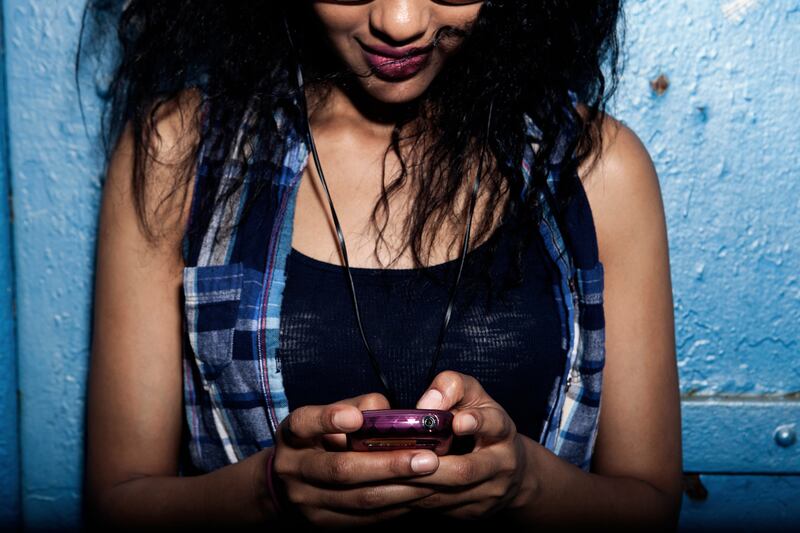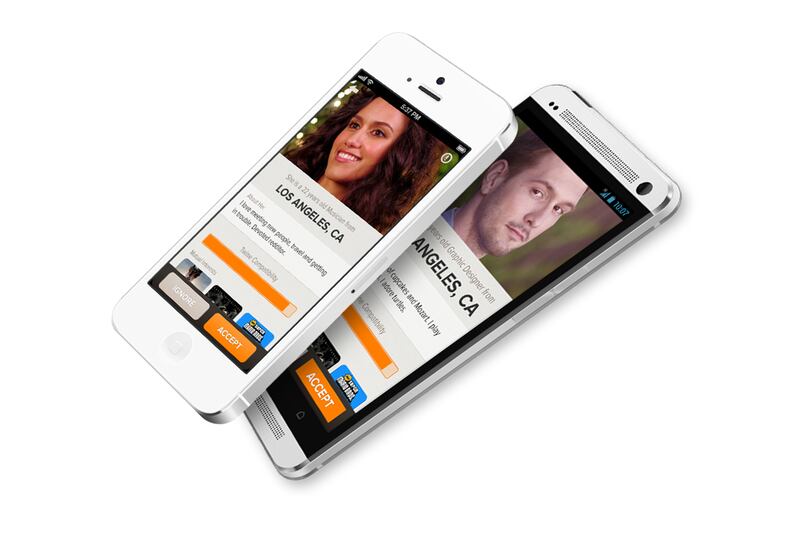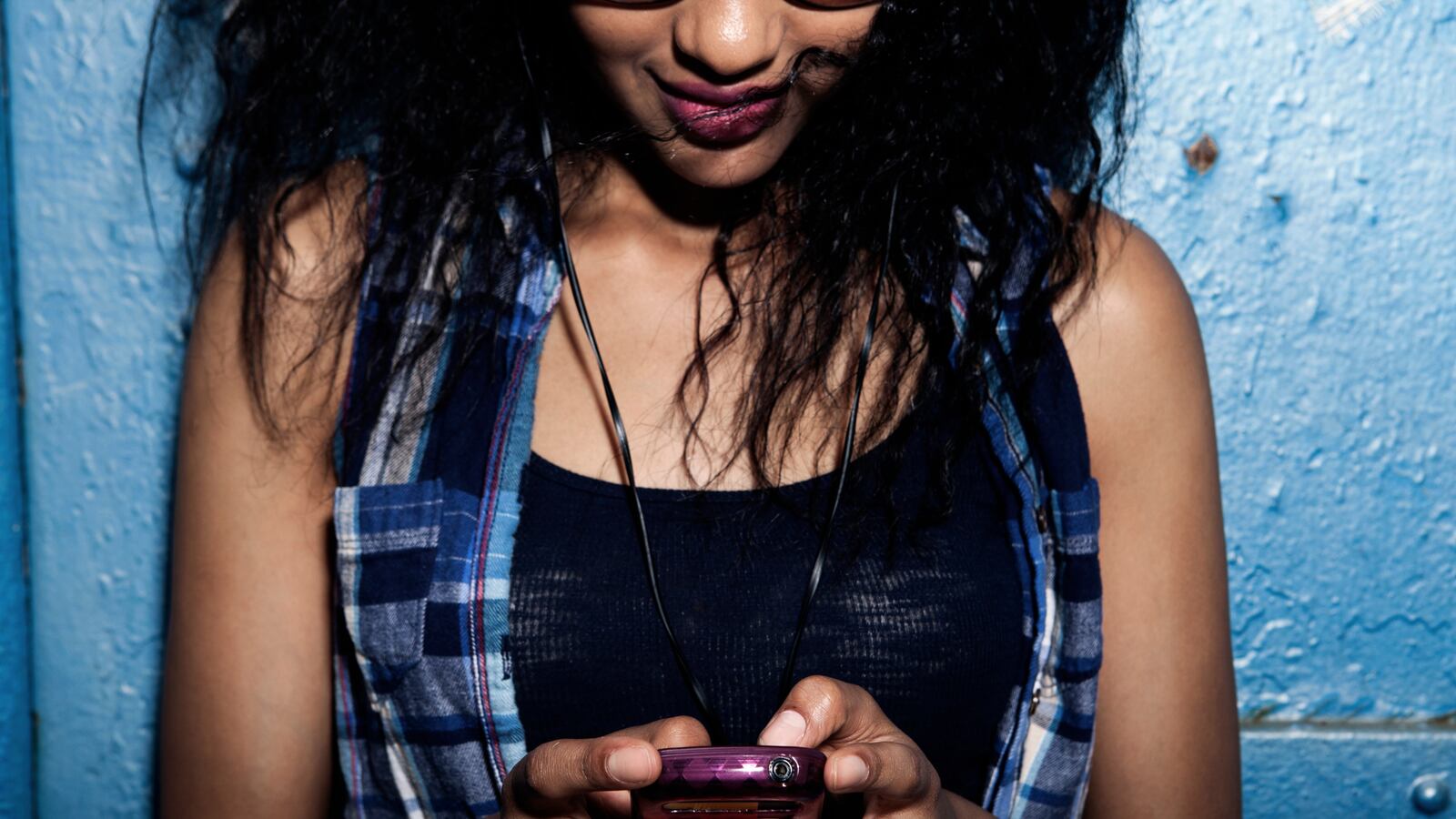Are your thumbs getting tired of swiping? An up-and-coming app is turning the superficial premise of digital dating on its head with anonymous matches that—gasp!—make character paramount to appearance.

In an attempt to transform mobile dating into a more effective tool for long-term connection, Twine is pairing users up on a “personality first and looks later” basis, in the words of its founder, 35-year-old Rohit Singal. First, matches are made on the location-based app through interests listed on users’ Facebook profiles. Then—and here’s the catch—while chatting you see only a blurred-out photo of your match, which doesn’t become clear until you both agree to reveal yourselves.
Billing itself “the first intellectual flirting and dating app,” Twine was released in August and has so far seen around 120,000 downloads and more than 1 million matches. Late last month, the company released a revamped version, which lets you pick from matches nearby, within the U.S. or around the world.
“Every other dating app is trying to show you a photo and pick people who are good looking,” Singal says. Twine’s model of syncing people with similar interests, he says, was inspired by just looking around at the couples in everyday life doing things they both like together.
The app is the antithesis of the hot-or-not model employed by Tinder, the rapid-fire dating app that lets you scroll through hundreds of faces per minute. Twine prioritizes quality over quantity, like a real-life matchmaker, and even limits the number of matches you can have in a day in an effort to steer you away from working in volume.“We understand this is not common in real life. It would require a change in user behavior to accept what we’re doing,” Singal says.
Across the aisle, Tinder, he says, has “become popular because it expedites behavior in real life—we want to connect with attractive people whether the connection’s meaningful or not.” This entertaining model of flipping through faces is what rocketed the app to success, with 2 million pairs being made daily. The quick judge-and-swipe has turned the experience into somewhat of a game, and the average user is playing it as such, logging on 11 times a day for seven minutes each time. It provides a time-suck while waiting for the bus to arrive, rather than an actual platform for seeking out a meaningful match.

At the moment, getting men on board is a hurdle for Twine. Women, who have tended not to embrace dating apps as enthusiastically as men, currently outnumber their counterparts on Twine by 16 to one. But because the app keeps a balanced user base, only an even number of men and women are allowed to be logged on at any given time.
Twine’s taking a risk by taking physical attraction out of the dating picture, at least at first. Keeping faces blurred means it might never achieve the download numbers of the game-like Tinder. The recent update has already boosted the number of pairs by nine percent, and the developers are teasing a few more upcoming games and activities to make friendship a focus. But, statistics aside, people love to judge, whether it’s in real life or online, and that shallow aspect of digital dating is a big part of its appeal.
By Rohit’s measure, there’s “a long way to go,” but the first sign bucking this conventional wisdom has surprised even its founder: The app has found its biggest user base in Los Angeles. If the city the city we love to hate for its superficiality is on board, who knows? The rest of us could be giving our thumbs a break and touting this substance-over-style concept before we know it.






